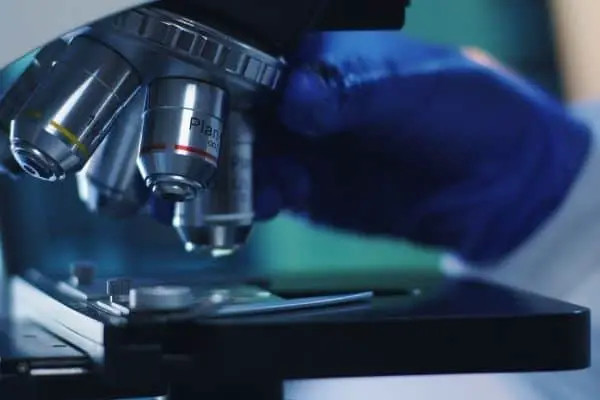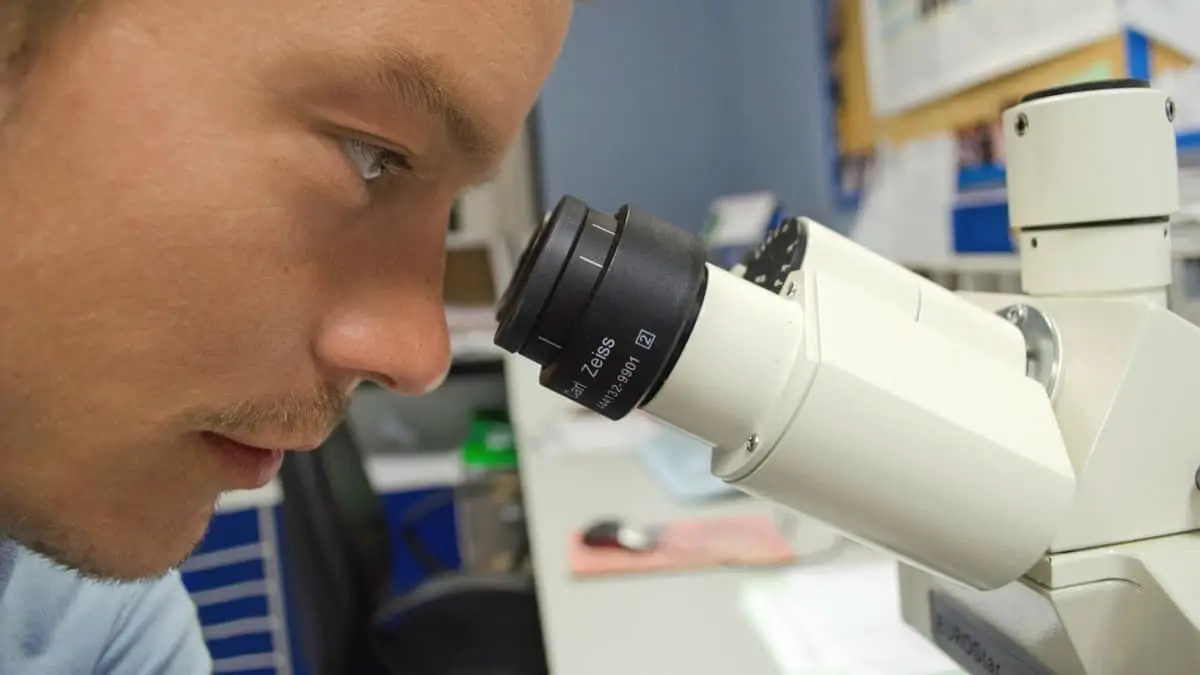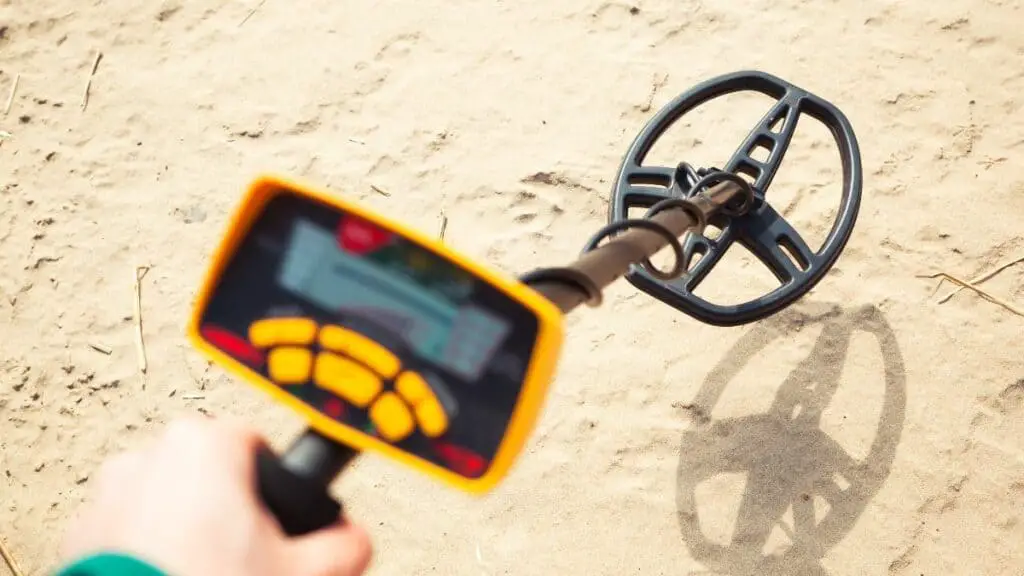The Best Microscope for Viewing Bacteria (Top 4 Picks for 2024)
Getting the best microscope for viewing bacteria sounds like a nightmare, right?
Unless you are housing an Ivy League uni in your basement, chances are you can’t dish out thousands of bucks for your next plaything.
But we are here today to tell you that you don’t need to spend a fortune on a microscope. In fact, anybody can afford a decent device for amateurs.
Many if not all manufacturers claim that THEIRS is the best microscope for viewing bacteria. However, we know better than to ask them.
And frankly, there are many factors that you should consider first before actually buying one. Which one’s the right microscope for you? What will you be looking at? How much detail would you like to observe? What is your budget?
Bacteria come in many shapes and sizes, but in general, you will need a compound microscope with a resolution of at least 1 μm to visualize a bacteria.
If you’re trying to distinguish cellular morphology or track bacterial cell movement, you’ll need even more power. So below are some of our top picks. Let’s start with our best overall pick – the OMAX 40x-2500x Compound Microscope.
Related: Microscope Activities for the Middle School Classroom
The Best Microscope for Viewing Bacteria
OMAX 40x-2500x Compound Microscope

OMAX 40x-2500x Compound Microscope
A microscope that comes equipped with two eyepieces as well as four objectives allowing for a range of magnifications.
The OMAX 40x-2500x Compound Microscope is our top pick for a number of reasons. It provides the best imaging hardware with a built-in 5 MP digital camera, has a mechanical stage, and it comes with 2500x magnification for detailed imaging of bacterial cell morphology.
This microscope comes equipped with two eyepieces (WF10X and WF25X) as well as 4 objectives (4X, 10X, 40X, and 100X-oil) allowing for a range of magnifications. Another big bonus for this microscope is the included software, which allows the user to take images, record video, take measurements, and so much more. The required USB is included, too.
Note that the software is compatible with Microsoft Windows, Mac OS, and Linux. Take this into consideration since our more budget-friendly camera-equipped option is only compatible with Microsoft Windows.
AmScope 40X-1000X Compound Microscope

AmScope 40X-1000X Compound Microscope
It has a total magnification range from 40X to 1000X it has plenty of power to visualize bacteria.
The AmScope 40X-1000X Compound Microscope is a solid, very affordable choice for a compound microscope for students and at home STEM exploration. It has a total magnification range from 40X to 1000X it has plenty of power to visualize bacteria. Another bonus for this microscope is that it can be plugged in, or powered by AA batteries when on the go.
Some important considerations compared to the other picks in this list: users will not be able to observe the same level of detail, there are no imaging capabilities, and a fixed platform can make navigating your specimen a bit difficult.
But that’s more than understandable for such an inexpensive device. When you consider the price, this microscope provides great value for the money!
OMAX 40X-2000X Binocular Microscope

OMAX 40X-2000X Binocular Microscope
Equipped with a mechanical stage making it easier to navigate at higher magnification.
At twice the magnification of our budget pick, the OMAX 40X-2000X Binocular Microscope is also substantially more expensive. But if you’re looking to see more detail, this is a great scope. It is also equipped with a mechanical stage making it easier to navigate at higher magnification.
As the downside, this microscope is not equipped with imaging capabilities, and unlike our budget pick cannot be battery-operated.
AmScope 40X-2500X Digital Microscope

AmScope 40X-2500X Digital Microscope
A digital microscope that comes with included imaging software for image and video capture as well as taking measurements.
The AmScope 40X-2500X Digital Microscope provides many of the bells and whistles of our top pick but is significantly cheaper. Just like our top pick, it has a double-layer mechanical stage, two eyepieces, and four objectives offering a range of magnification from 40x to 2500x.
However, the bu-Layer+Mechanical+Stageilt-in camera is slightly inferior at only 1.3 MP. This scope comes with included imaging software for image and video capture as well as taking measurements.
Note: This is only compatible with Microsoft Windows Operating Systems. If you’re a Mac or Linux user, this is an important thing to consider. However, Mac OS users can still use the camera without the software provided that they’ll use the USB.
What to Consider When Buying a Compound Microscope for Viewing Bacteria
Total Magnification/Resolving Power
The resolving power of your microscope is probably the most important factor when deciding whether a microscope will meet your needs. At 400x you’ll be able to see bacteria. However, to visualize cellular morphology, take measurements, or see cellular morphology, you will need greater magnification.
Image Capture
There are several options for capturing images of your samples. Built-in or detachable cameras provide imaging capabilities. Depending on your needs, the considerations for the camera may be more important than the microscope itself. Our two camera-equipped options offer two very different cameras.
Our top pick is equipped with a detachable 5 MP camera while the other option includes a built-in 1.3 MP camera. Additionally, accompanying software can expand the utility of your microscope, allowing you to take images and videos, as well as measure lengths and angles.
While our top pick is compatible with all major OS (Microsoft, Mac, and Linux), our more budget-friendly option is only compatible with Microsoft Windows. Mac users need to consider this when choosing a microscope.
Stage

A mechanical stage offers more precise movement of the slide or specimen as compared to a fixed platform. At higher magnifications, this is especially important in order to navigate through the specimen and keep track of the location or orientation.
A microscope with a mechanical stage is equipped with a knob for moving the specimen forward and back as well as side to side. AmScope 40X-1000X Compound Microscope has a fixed platform with two clips for securing a slide. More importantly, there are aftermarket mechanical stages that can be added to our budget pick for future upgrades.
Frequently Asked Questions
How big are bacteria?
Bacteria can vary in shape and size but on average are about 0.5 μm in diameter and 2-5 μm in length. E. coli are rod shaped and range from 0.2-0.5 μm in diameter and about 2 μm in length.
At 400x, you’ll be able to just see them. But higher magnifications are necessary to observe individual bacteria, cell movement, and cell morphology.
Will a dissecting or stereo microscope work for viewing bacteria?
A compound and stereo microscope are both light microscopes. However, a stereo microscope usually provides much less magnification and would be insufficient for visualizing bacteria.
Where can I get bacteria samples?
You can buy pre-prepared slides (often stained to distinguish between gram-positive and gram-negative bacteria). However, bacteria are everywhere around us, so you can also prepare your own slides.
No need to get disgusting here, though. You can always try visualizing lactobacillus in yogurt!
Last update on 2024-04-15 / Affiliate links / Images from Amazon Product Advertising API







